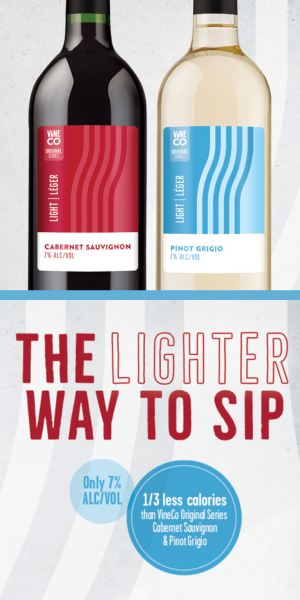Sounds like you’ve been bottle shocked! That, and you are experiencing some post-bottling sedimentation. You’re not alone in this, my fellow winemaker. Many a vintner, professional and amateur alike, has been surprised to find their once crystal
clear wine throwing some sediment or shifting in flavor after bottling. The good news? You’re not doing anything terribly wrong. The even better news? A little understanding of what’s happening here will help you troubleshoot and refine your winemaking process.
Let’s start with the sediment. You mention that your wine was clear at bottling, but weeks later, little deposits appeared in the bottle. This is completely normal, especially if you didn’t filter your wine before bottling. Even wines that look perfectly clear to the naked eye can still have microscopic particulate matter — proteins, tannins, yeast, and other compounds — that will eventually settle out. This doesn’t mean your wine was improperly handled; it’s simply that given enough time, gravity does what gravity does best, helped along by some normal wine chemistry.
Temperature plays a major role in this process. If bottled in cooler months, your wine likely experienced some temperature up-swings as the weather got warmer, in which case you might be looking at a protein instability. Even slight increases in temperature during aging can cause the naturally present proteins in wines (all of them have some) to coagulate and fall to the bottom of the bottle. Think of when liquid egg whites hit a warm pan — the proteins scramble and become solid, going from clear to opaque white. This can happen, albeit on a smaller scale and in less dramatic fashion, with bottled wines exposed to slight temperature increases and is especially noticeable in white wines.
Time will also have an effect. Tannins and pigments, for example, can bind together over time and fall to the bottom of containers (or to the sides, if stored horizontally), which is why older red wines often develop a fine dusting of color sediment. It’s not abnormal to see some sediment within a few months of bottling, especially if the wine wasn’t fined or filtered. Tartrate crystals, sometimes called “wine diamonds,” can also appear if the wine wasn’t cold stabilized before bottling. These are totally harmless but can give an unexpected crunch to your last sip!
Now, let’s talk about that sudden change in flavor. Before bottling, your wine was likely stored “in bulk” — a carboy, barrel, or tank — where it had a steady, oxygen-limited environment. Bottling, however, changes everything. A small but significant amount of oxygen is introduced, even if you’re careful. This oxygen triggers minor chemical reactions that can alter aromas and flavors, sometimes in ways that are not immediately noticeable. This is why many winemakers give their bottled wines a little time to settle down before passing final judgment on the taste.
But there’s another sneaky culprit at play: Temperature, again! Warmer storage temperatures accelerate chemical reactions in wine, sometimes leading to unexpected shifts in flavor. A wine that tasted balanced in winter may develop off-flavors in the heat of summer if storage conditions aren’t ideal. Higher temperatures can also wake up dormant microbes if there’s any residual sugar or malic acid left in the wine. If your wine wasn’t completely dry or if malolactic fermentation wasn’t fully completed, warmer temperatures might have encouraged a little extra microbial activity in the bottle, leading to subtle (or not-so-subtle) flavor changes.
So, what can you do? If you want to prevent sediment, consider fining and filtering your wine before bottling. A gentle fining with bentonite to reduce the wine’s protein content (reducing the chance of future hazes) or a light filtration can remove many of those pesky particles before they end up in your bottle. Cold stabilizing your wine for a few weeks at near-freezing temperatures can help drop out tartrates before they become an unwelcome surprise.
One of my favorite new cold stability tools is adding a CMC (carboxymethylcellulose), aka cellulose gum, to white wines (don’t use this on reds or rosés as it can cause a haze). When added at the rate of 1 mL/L it can retard the formation of tartrate crystals without having to go through the lengthy process of traditional cold stabilization. CMC is a common food and beverage addition approved by the FDA and TTB and doesn’t change the wine’s taste or aroma. Using it instead of the old-fashioned freeze and filter method actually lowers your wine’s carbon footprint since you won’t be using all that electricity to chill down the wine! Not to mention it’s easier and more affordable for the home micro-vintner. And as always, store your bottled wine in a cool, consistent environment — around 55 °F (13 °C) is ideal — to slow down any unwanted chemical or microbial activity.
I like to give my wines three weeks to get over this bumpy adolescence, aka the “bottle shock” phenomenon. Winemaking is a journey, and every unexpected twist is a chance to learn and refine your craft. Try fining or filtration pre-bottling next time, keep an eye on temperature, give your wines the time they need to settle, and enjoy the ride.





